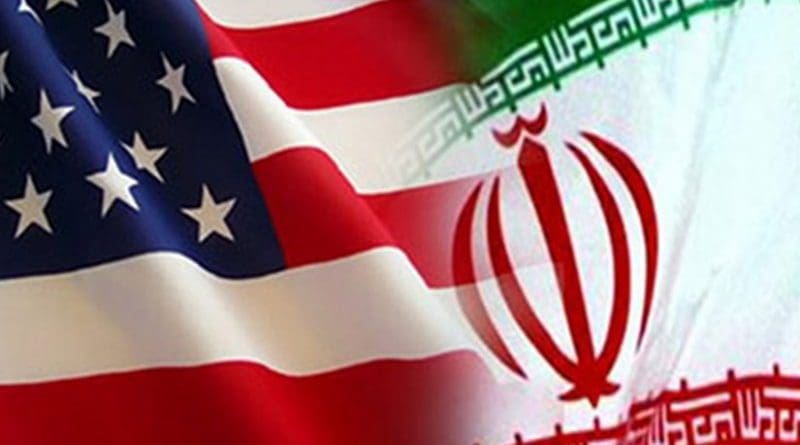Contextualising Iran: The Nixon And Obama Doctrines – Analysis
By IPCS
By Kimberley Anne Nazareth*
Presidents are infamous for their doctrines, a tactic used in an effort to elevate the status of their policies making them sound prophetic and strategic than they actually are. Presidential doctrines are tools used to clarify their agendas as well as a blueprint for carrying them out. Sometimes these doctrines have arm-twisted presidents to follow their predecessors; for instance, the Truman Doctrine committed the US and all future presidents in the fight against communism.
Given that the Obama doctrine’s great success story has been Iran, it is interesting to contrast this with how the Nixon doctrine played with Iran. Why Nixon? Because there are similar trends in both that are not so obvious and yet display policy continuation or a policy dramatisation. The other is because these doctrines have and will alter the course of not only relations with Iran but the region.
The Nixon doctrine marked a major shift in US policy towards the region; from balancing to primacy. The doctrine was directed towards Asia more specifically Vietnam and the Persian Gulf. The Nixon doctrine also known as the Iran primacy doctrine signalled not so much a change in policy as an extension of US policy in the region focused on making Iran the regional bulwark. The policy rested on Iran for obvious reasons including the fact that it was not an Arab country – at a time when Arab nationalism was a continuous security problem for the US. As the sole Shia country it was seen as balancing any possible Sunni arc that arose in the region from Arab nationalism. Previous attempts at alternate bulwarks had failed and finally the Shah was resolutely anti-Soviet. In its implementation the doctrine premised on the absolute regional supremacy of imperial Iran through massive arms sales. The shah for his part shrewdly played the ‘communist card’ and misguided and exaggerated the external threat in an attempt to divert attention from internal failure and repression, thus receiving the blanket support that made it a formidable force in the region.
The Obama doctrine, however, instead of placing all eggs in one basket seems to have moved towards micro-balancing. The Iran deal seems to be part of a dual strategy. The first part prevents Iran from getting nuclear weapons but the second part sees Iran playing an important role as a regional stabiliser especially with the emergence of the Islamic State (IS) and other crises in the region. This second part hinges on the US getting countries to bear the consequences of their actions. For example in Libya, the US forced the UK and France to take the lead, in Syria it called France’s bluff to act in the wake of the Ghouta chemical attacks, and in Yemen the US has stayed out completely. In Iraq the US has allowed Iran a great deal of leeway and they are effectively fighting on the same side against the IS. In effect the US is building alliances of convenience as and when required and avoiding getting railroaded into serving the interests of others.
The Nixon and Obama doctrines have a number of convergences and divergences. For both doctrines the main converging thread is regional security and stability. Both Nixon and Obama’s policies deal with the reducing direct US involvement in the region, especially coming on the heels of Vietnam and Iraq. However neither of these policies have succeeded in full measure requiring the two presidents to recalibrate and change the rhetoric to fit with ground realities. The divergence can be seen through the tools used to achieve their policies. Nixon used Iran directly as a tool of US policy in the region. For Obama, the task is trickier, using Iran indirectly, both containing it and simultaneously propelling it as a regional force.
For the Iranians the Nixon doctrine had both positive and negative side effects. In becoming a regional superpower, it became a higher priority target to the Soviet Union as well as the target of regional balancing by Arab powers. On the other hand it did produce a rapid modernisation and massive increases in the standards of living and influence abroad. The Obama doctrine on the other hand, by refusing to give anyone primacy and refusing to let anyone take the US for granted, dampens both positive and negative extremes.
In the final analysis however it remains to be seen if the actual results match the intent behind them or careen uncontrollably off course. As Jean Baptiste Alphonse Karr once said, “the more things that change the more they stay the same.”
* Kimberley Anne Nazareth
Researcher, NSP, IPCS

